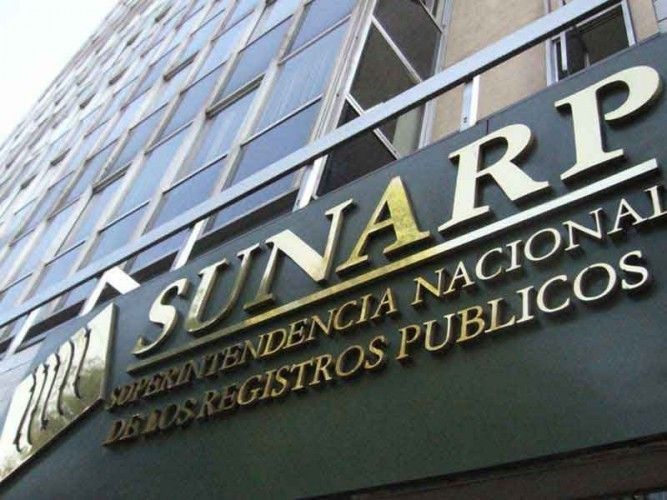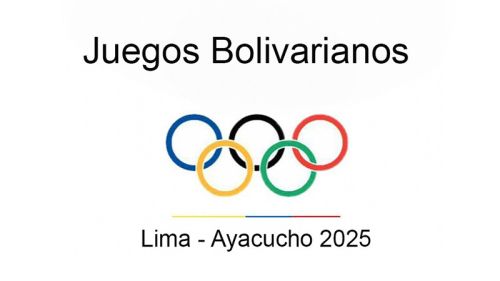There are different types of legal entities which investors can use in order to incorporate businesses in Peru. The main legal forms of companies are: corporation, limited liability companies, branch offices, joint venture, etc. The following corporation and company types are those most commonly used in Peru.
- S.A. - Joint Stock Companies (S.A. = Sociedad Anonima)
- S.A.C. - Closely-Held Corporations (S.A.C. = Sociedades Anónimas Cerradas)
- S.A.A. - Publicly-Held Corporations (S.A.A. = Sociedades Anónimas Abiertas)
- S.R.L - Limited Liability Companies (S.R.L. = Sociedades Comerciales de Responsabilidad Limitada)
- Branches
- Associative Agreements (Consortium & Joint Venture)
- General Law for Companies #26887 (in Spanish)
S.A. Joint Stock Companies (S.A. = Sociedad Anonima)
A corporation (Sociedad Anonima - S.A.) is composed of shareholders whose liability is limited to the value of their shares. The S.A. is managed by a board of directors and one or more managers. To form an S.A., investors (i.e. the shareholders) must sign the deed of incorporation before a public notary and file it with the Mercantile Registry. The registrar receives the public deed and proceeds to register the company. The registrar is also interconnected with the Tax Authority (SUNAT) to register the company as a taxpayer and obtain the tax identification number (Registro Unico de Contribuyente, RUC). The bureaucratic and legal steps that an investor must complete to incorporate and register a new standard S.A. normally takes between 15-30 days.
A minimum of two (2) Peruvian or foreign shareholders is required, which may be individuals or legal entities. Non-domiciled shareholders must grant a power of attorney to a representative to sign the notarial recorded instrument of incorporation. The initial capital stock consists of the shareholders’ contributions, which may be made in the form of money, credits or nonmonetary assets. Monetary contributions may be in domestic or foreign currency and must be deposited in a local bank. There is no legally established minimum. However, financial institutions customarily require a minimum amount of S/1,000 of initial capital (approximately US$306). At least 25% of the subscribed capital must be paid-up.
Characteristics of the S.A. entity:
The death, illness, bankruptcy, and/or retirement or resignation of the shareholders does not cause the winding-up of the corporation.
S.A.C. Closely-Held Corporations (S.A.C. = Sociedades Anónimas Cerradas)
A corporation can be classified as closely held if it does not have more than 20 shareholders and its shares are not listed in the Stock Exchange. The closely held corporation has certain features found in a limited-liability company (for example, limited liability of equity owners, absence of freely transferable equity shares and no requirement for a board of directors).
Characteristics of the S.A.C. entity:
The shareholders have the right of first refusal in case of proposals for the transfer of shares to another shareholder or to a third party. This right may be deleted in the bylaws. The bylaws may establish restrictions on the transfer of shares, such as requiring the prior consent of the corporation.
S.A.A. Publicly-Held Corporations (S.A.A. = Sociedades Anónimas Abiertas)
This type of corporation is mainly designed for companies with a large number of shareholders (over 750 shareholders) or those for which a primary public rights offering has been made, or which have obligations convertible into shares, or in which more than 35% of the capital stock belongs to one hundred seventy-five (175) or more shareholders, not including those shareholders whose individual stake is less than 0.002% of the capital stock or exceeds 5% of the capital stock. The corporation’s shares must be registered with the Public Records Office of the Securities Market.
Characteristics of the S.A.A. entity:
Free. No restrictions or limitations whatsoever are allowed. The right of first refusal established in shareholders’ agreements or in the bylaws is not recognized.
S.R.L. Limited Liability Companies (S.R.L. = Sociedades Comerciales de Responsabilidad Limitada)
The Limited Liability Company is organized with a minimum of (2) and a maximum of twenty (20) members. This type of corporation does not issue shares. The requirements for its establishment are the same as those for other corporations. Its capital stock is divided into ownership interests, which are equal, cumulative, and indivisible and may not be incorporated in securities.
At least 25% of each participant's contribution to capital must be paid in upon founding. The S.R.L.’s capital is divided into and represented by participating interests which cannot be denominated shares and which are not freely negotiable certificates.
Capital holdings may be transferred outside the company only after they have been offered through the management to other partners or the company itself and they have declined to purchase the offered interests. Further restrictions on transfers may be set out in the bylaws. As a rule, an S.R.L. is managed and represented by all its partners. However, the partner’s general meeting may entrust the company’s management to one or more managers who need not be partners in the S.R.L. or Peruvian citizens. Decisions are determined by a majority of capital contributions.
The S.R.L. is subject to registration procedures, reporting and accounting requirements are similar to those for the S.A. The minimum number of owners is two, the maximum 20, whose liability is limited to their capital contributions. At least 25% of each participant’s contribution to capital must be paid in upon founding. The S.R.L.’s capital is divided into and represented by participating interests which cannot be denominated shares and which are not freely negotiable certificates.
Capital holdings may be transferred outside the company only after they have been offered through the management to other partners or the company itself and they have declined to purchase the offered interests. Further restrictions on transfers may be set out in the bylaws. Generally, a S.R.L. is managed and represented by all its partners. However, the partner’s general meeting may entrust the company’s management to one or more managers who need not be partners in the S.R.L. or Peruvian citizens. Decisions are determined by a majority of capital contributions.
Characteristics of the S.R.L. entity:
The death, illness, bankruptcy, and/or retirement or resignation of the members does not cause the winding-up of the corporation.
Branches
For corporate purposes, a branch does not have a corporate existence separate from that of its parent company, which is hence liable for the branch’s obligations. It has permanent legal representation and enjoys management autonomy in the activities established by the parent company. A branch is assigned a capital by its parent company; however, it does not need to be deposited in a local bank or filed before the Registry of Companies.
The resolution for the establishment of a branch issued abroad must be notarized by the Peruvian Consulate and certified by the Ministry of Foreign Affairs in Peru, as applicable, or to the contrary, apostilled in the country from which it proceeds, before being put into the form of a notarially recorded instrument and being filed with the Public Records Office. A Certificate of Good Standing and the Bylaws are also required from the parent company.
Procedures for organizing a branch in Peru are like the procedures applicable to organizing corporations or limited liability companies. It takes between two to three weeks to register a branch once the necessary documents have been submitted to the Peruvian notary. These include copies of the parent firm’s corporate charter and bylaws, minutes of the shareholders agreement to set up a branch in Peru, certification of the branch’s address, assigned capital and line of business, notifications of the appointment and powers of a legal representative in Peru; and a Peruvian consul’s certification that the parent company is duly constituted in the country of origin and entitled to set up a branch in a foreign country.
According to the Business Corporations Act (LGS) branches of foreign corporations may transform into a corporation duly established in Peru under any type of corporation regulated by the Business Corporations Act (LGS).
Associative Agreements (Consortium & Joint Venture)
The associative agreements create and regulate the participation and integration in specific businesses or companies in the common interest of the intervening parties. This type of agreement does not create a legal entity; it shall be written; and it is not subject to recording. There are two types of associative agreements: Consortium and Joint Venture.
The resources allocated for the above-mentioned agreements shall be considered a direct foreign investment when the foreign investor is provided with a kind of participation in the production capacity, but it does not involve any contribution to the capital. The operation will correspond to contractual trade operations through which the foreign investor provides the receiving company with goods or services in exchange for participation in physical production volume, in the global sales amount or in the net profits of the referred receiving company.
General Law for Companies #26887 (in Spanish)
All companies established in Peru are governed by the general law for companies #26887 that was approved and published by the Peruvian Congress on the 9th of December 1997.


































